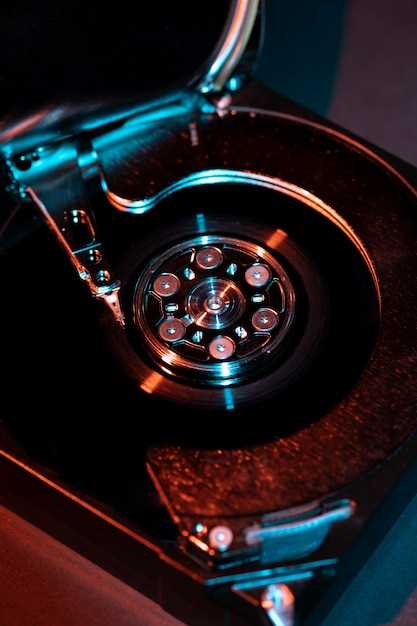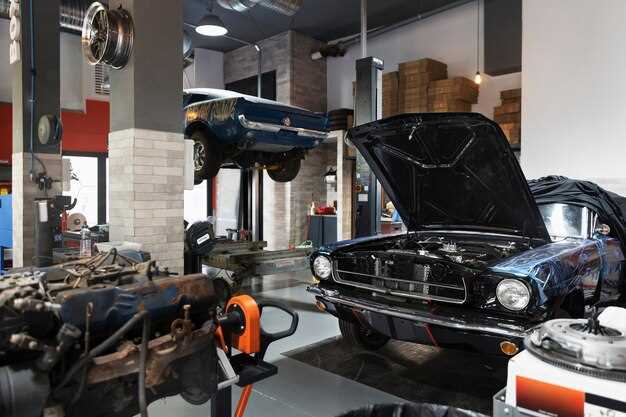
For many car enthusiasts, classic cars represent a connection to the past, showcasing timeless design and engineering. However, as we embrace technological advancements, the sound system in these vintage vehicles often leaves much to be desired. Upgrading your classic car with a modern sound system not only enhances the driving experience but also adds an element of convenience and enjoyment that complements the nostalgic feel of the car.
The sound quality of a modern audio system can drastically improve the way you listen to music while on the road. Gone are the days of crackling speakers and limited radio options. With a contemporary system, you gain access to a plethora of features such as Bluetooth connectivity, USB ports, and compatibility with various streaming services. This flexibility not only allows you to enjoy your favorite tunes, but it also brings your classic vehicle into the modern age.
Integrating a new audio system doesn’t have to compromise the aesthetic appeal of your classic car. Many companies now offer discreet installation options that preserve the vintage look while maximizing acoustic performance. Whether you choose to keep the original dashboard or incorporate new speaker placement, the upgrade can be done with careful consideration of the vehicle’s style and heritage. The result is a perfect harmony between classic charm and modern functionality.
Choosing the Right Modern Sound System for Your Classic Car

When upgrading the audio experience in your classic car, selecting the right sound system is crucial. The first step is to assess your needs and preferences. Consider the type of music you typically enjoy and how loud you want it to be. This will help you determine the necessary power and features of the sound system.
Next, evaluate the available space in your vehicle. Classic cars often have limited room for components, so compact systems that fit comfortably are essential. Look for head units that offer modern connectivity options such as Bluetooth, USB ports, and auxiliary inputs while fitting your car’s dashboard design.
Speaker quality is another critical element of your sound system upgrade. Opt for speakers that are specifically designed for vehicles, ensuring they can handle vibration and temperature changes. Consider component speakers for better sound quality, as they separate woofers and tweeters for improved clarity.
Don’t forget about the amplifier; it’s vital for enhancing sound quality and delivering sufficient power to your speakers. A quality amplifier can make a significant difference in performance and will allow your system to handle higher volumes without distortion.
Finally, research brands and read reviews. Some manufacturers specialize in systems tailored for classic cars, providing both innovative technology and classic aesthetics. Choosing the right modern sound system means balancing performance with the charm of your vintage vehicle, ensuring a seamless and enjoyable auditory experience.
Installation Tips for a Seamless Integration of New Audio Equipment

Upgrading the sound system in your classic car can greatly enhance the driving experience while preserving the vehicle’s vintage aesthetic. To achieve a seamless integration of new audio equipment, consider these essential installation tips.
Begin with a thorough assessment of your classic car’s existing electrical system. Ensure that the wiring and battery are capable of supporting the new sound components. Upgrading the alternator may be necessary to handle additional power needs for your modern audio setup.
Select audio equipment that complements the size and style of your classic car. Choose head units, speakers, and amplifiers designed for tight spaces, ensuring they fit without compromising the visual integrity of the interior. Consider utilizing custom mounts or brackets for a clean installation.
Pay attention to speaker placement for optimal sound quality. Install coaxial speakers in the factory locations or consider discrete additional locations that maintain a classic look while providing a great audio experience. Sound deadening material can improve acoustics by reducing road noise and enhancing overall fidelity.
When connecting new components, take time to secure all connections properly. Use high-quality connectors and solder joints to prevent signal loss. Keep wire runs short and well-organized to maintain a clean appearance and ensure functionality.
If you’re not comfortable with complex installations, consult a professional installer who specializes in classic vehicles. They can offer valuable insights and techniques to achieve the best integration of modern audio without sacrificing the classic charm of your car.
Finally, test your new sound system at various volume levels and check for any distortion. Tweak the EQ settings to suit your personal listening preferences and make additional adjustments as needed. This ensures that your audio upgrade delivers exceptional sound quality tailored to your taste, making every drive a joyful experience.
Maintaining the Aesthetic Appeal of Your Classic Car While Upgrading Sound
Upgrading the sound system of a classic car can significantly enhance your driving experience, but it’s crucial to ensure that this modernization does not compromise the vehicle’s aesthetic appeal. Many classic cars possess distinctive designs and charm that reflect their era, and preserving these qualities should be a priority when selecting sound upgrades.
When considering an upgrade, look for components that blend seamlessly with the car’s interior and exterior styling. Modern sound systems come in various forms, including hidden speakers and subwoofers that can be discreetly installed without altering the traditional aesthetics. Choosing a system with retro designs or finishes can help retain the original character of the vehicle.
Additionally, avoid making irreversible modifications to the car’s dashboard. Instead of replacing the classic radio outright, consider retrofitting modern technology that allows for Bluetooth connectivity and USB ports while maintaining the look of the original unit. Aftermarket options like custom bezels can integrate new audio functionalities while preserving the vintage appearance.
As you plan your upgrade, pay attention to the choice of materials. Using high-quality finishes and matching colors can ensure that new components do not clash with the classic car’s existing design. It’s also important to consider the sound quality; a good upgrade will enhance the listening experience without overwhelming the classic acoustic charm of the vehicle.
Finally, consult with professionals who specialize in classic car restorations. Their expertise can guide you in selecting the right sound equipment that compliments the classic aesthetic while providing modern sound quality. By thoughtfully approaching your upgrade, you can achieve a balance between contemporary audio performance and the timeless appeal of your classic car.


